BKVP
Minister of Fire
Thoughts on running 24-30" of single wall from a princess to my chimney liner in a alcove?
No. Please use double wall as recommended in the Owners Manual, page 14.
Thoughts on running 24-30" of single wall from a princess to my chimney liner in a alcove?
No. Please use double wall as recommended in the Owners Manual, page 14.
I could have sworn it was mid 2s gph but I don't pay much attention. Visible smoke and gph may not be directly related. For one thing, steam increases opacity.
I stand corrected. It is the King that is rated 1.76 grams per hour. I could likely heat my entire 2400 sqft with that...
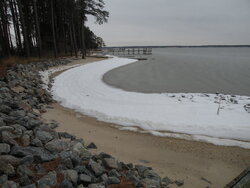
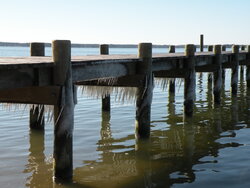
I have a question. Why does the King, a larger stove, have less particulate emissions than the Princess, and by a pretty good margin? (1.76 vs. 2.42 gm/hr)
The location in which our Princess is installed is in little danger of thermal inversions and subsequent burn bans, as I understand the set up for thermal inversions. This was one reason why we went with the slightly larger Princess for less money rather than the smaller Ashford 30 for more money.
I entertained putting the King in that location briefly, because it gets blasted cold there in the winter with a wicked wind chill, but it's not Alaska, the Great Lakes region, Canada or New England, even in the coldest months. And the winter isn't as long, and the house is new construction, well insulated and pretty tight. The stove store owner did not recommend the King, said we'd have way too much stove.
Why does the larger stove have lower particulate emissions, and how did Blaze King get the particulate emissions so low in the Ashford 30?
View attachment 145777 View attachment 145778
beca, I am punting those questions to BKVP because I don't know. I am gonna speculate it has to do with the size and dimensions of the firebox, the size of the cat and similar math stuff.
I do know the Ashford 30 shares internal firebox with the Sirocco and the Chinook, just three different skins on the same box. Same with the 20s.
Your implied understanding of thermal inversions sounds correct. Just as Los Angeles is hemmed in on three sides by mountains and has open to the sea on the west, Fairbanks is hemmed in by tall ridges to the West, North and East, and open to a wetland the size of New Hampshire to the south.
Define "blasted cold" ;-)


Give a choice between -50dF ambient with no wind, or -20dF ambient with a windchill of -50dF, I'll take the lower ambient with no wind.
When your wind is coming off the water like that it probaly has supercooled water vapor in it that will freeze as soon as it contacts something warm enough, like exposed skin. I'll pass thanks. At -20dF up here it is perfectly reasonable to get the dead animal skins out of the downstairs closet and dress for the weather.
FWIW below -30dF stuff like fanbelts and tires start just breaking apart. At 50 below the properties of metals start changing unfavorably.

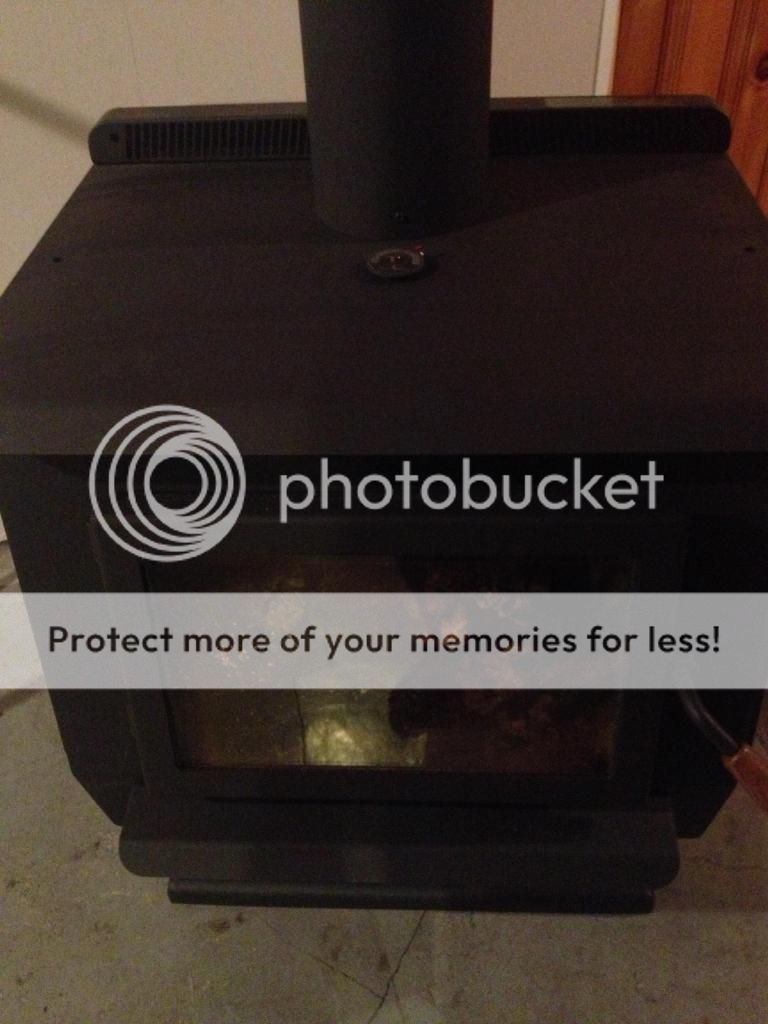
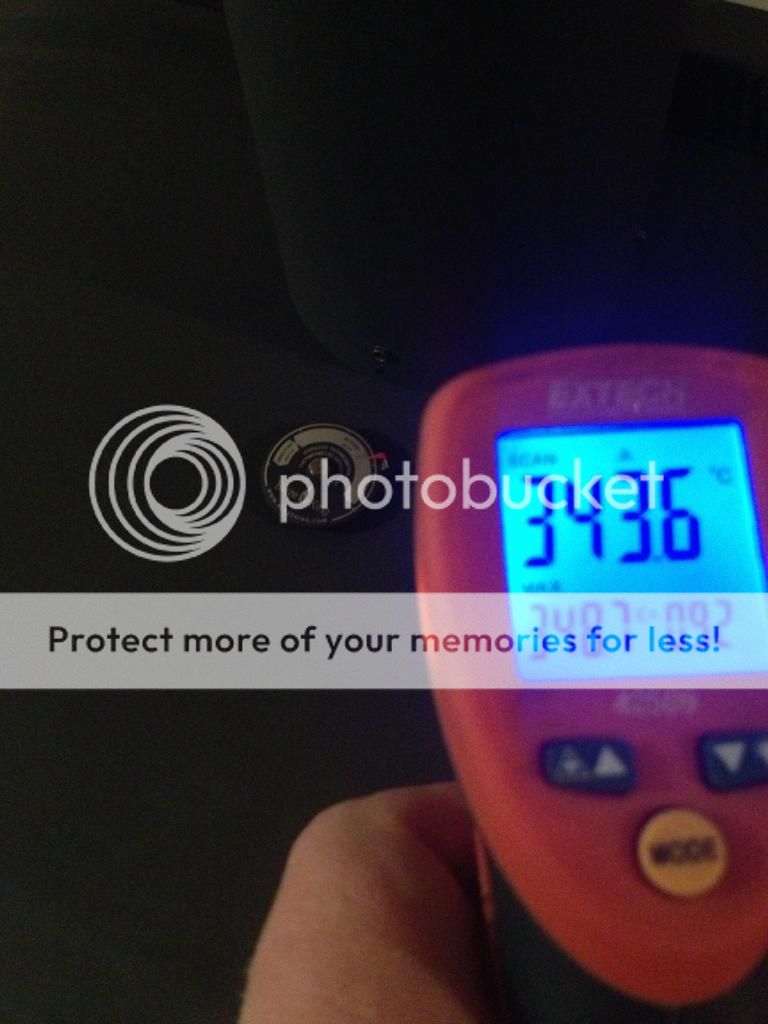
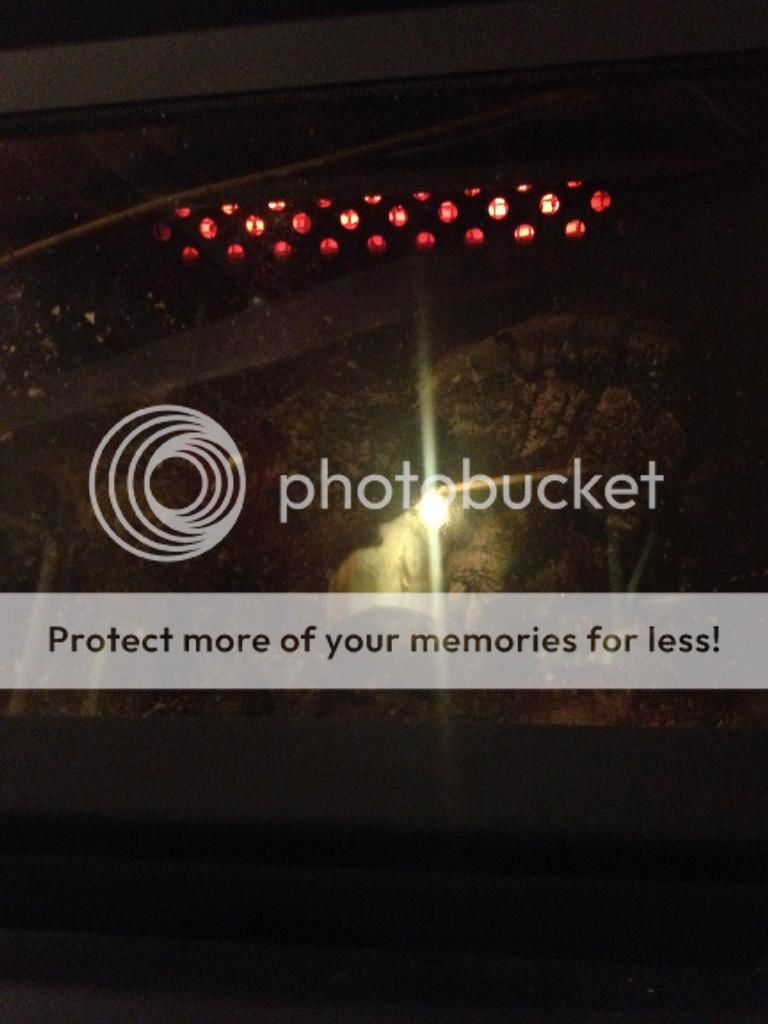
The way i see it, the danger of burning down a cat isn't so much of an issue of overfiring, it would seem that opening the door on a hot Cat. Give a hot cat a bit of fresh air could create a meltdown.
We are not as hot, i would think the exotherm wouldn't be as aggressive.
Sorry to clog the BK thread. And please feel free to correct me BKVP... or whom ever
Some long posts Dayyyaaam.
My legs are still burning from taking them pics.


He asked me to describe "blasted cold." I did.
Nice pics.
Yes. Call 509-522-2730 Monday or call your dealer tomorrow. If you call Monday, ask for Jennifer and you'll need your serial number (unless you filed a warranty registration, then she can look it up).My by-pass cable just broke after a reload of red oak. By pass is open, turned the t stat all the down. Will I be ok.

I'm pretty new myself but that's what seems to be the practice. That;s how i do it.OK, I overthink things. I own that right now, right here. But- when we need to reload, we open the bypass, go out to the porch, grab a few pieces of firewood, walk back into the house, a few steps, then unlatch the door to the stove. We give it a few seconds, open it slowly, then add wood.
How would one let the CAT "cool down" before one opens the door? Or am I in the middle of a theoretical discussion (totally understandable and legit) with a pragmatic thing that doesn't go here?
I would not recommend this product for many reasons. First, your stack temps, while very manageable, will have a tough time exceeding 300 degrees. Your stove needs that heat to stay in the chimney for reliable performance. All that steel would be a heat sink and take that draft necessary heat from the system.OK. I posted a link to this product in the larger forum.
When I found this product my head exploded. (Huge mess.)
Now I wonder if the CAT in the Princess would somehow interfere with the smoke in the smoke stack being hot enough to run this oven. ???
We have an old school Coleman camp oven that we've used on a Coleman camp stove for baking biscuits, etc. I'm going to try that on top of the Princess soon (maybe this weekend.)
BUT THEN I FOUND THIS PRODUCT.
What think you, Wise Ones?
https://www.lehmans.com/p-4873-bakers-salute-oven.aspx
I would not recommend this product for many reasons. First, your stack temps, while very manageable, will have a tough time exceeding 300 degrees. Your stove needs that heat to stay in the chimney for reliable performance. All that steel would be a heat sink and take that draft necessary heat from the system.
For the record, we made a bake oven just like this that sat on the stove. But they were for our pre EPA models that were vastly less efficient and lost plenty of heat up the flue.
For the last few weeks I've been burning Douglas fir that's not all that dry. Most splits test at around 22%.
I'm thinking of taking a two-hour drive down to Tacoma to pick up this stuff:
http://seattle.craigslist.org/tac/fod/4741483687.html
The price seems great. Has anyone used these Tacoma firelogs? I'm thinking of picking up a one-ton pallet for $225.
Ok, does serial #1120 tell you what year it was made?Yes. Call 509-522-2730 Monday or call your dealer tomorrow. If you call Monday, ask for Jennifer and you'll need your serial number (unless you filed a warranty registration, then she can look it up).
Your dealer can get a repair kit on order and drop ship to you. Some dealers have one for just this rare occasion.
For the last few weeks I've been burning Douglas fir that's not all that dry. Most splits test at around 22%.
I'm thinking of taking a two-hour drive down to Tacoma to pick up this stuff:
http://seattle.craigslist.org/tac/fod/4741483687.html
The price seems great. Has anyone used these Tacoma firelogs? I'm thinking of picking up a one-ton pallet for $225.

